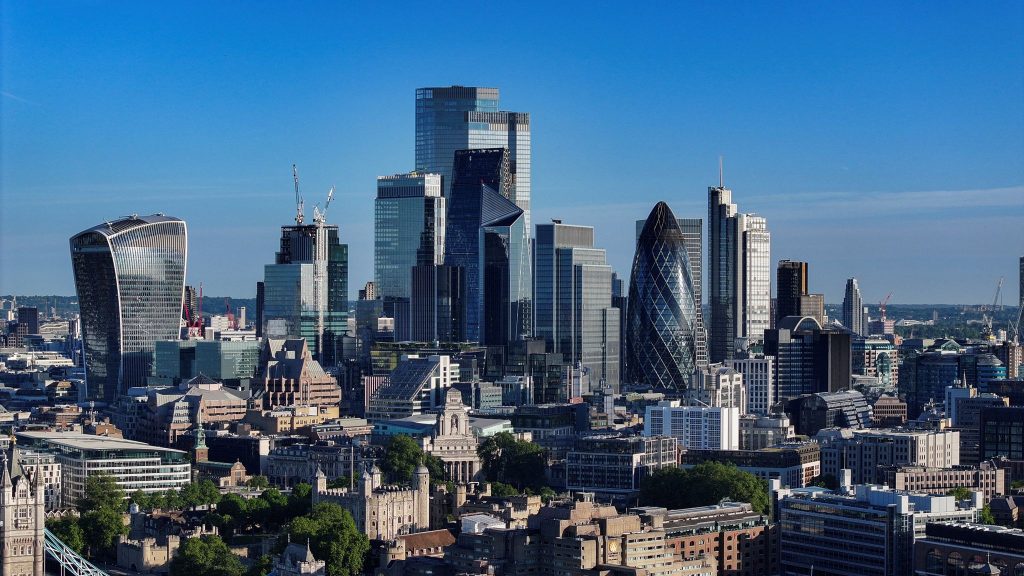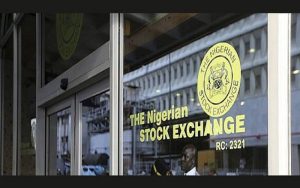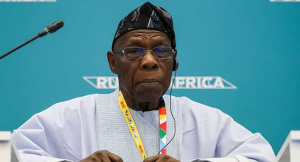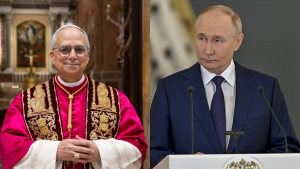
The UK economy showed no growth in July, marking the second month of stagnation, according to official figures released by the Office for National Statistics (ONS).
This flatline in the Gross Domestic Product (GDP) – a key measure of all goods and services produced in the UK – follows the election of the Labour government and has surprised many economists who had forecast a return to monthly growth.
Economists polled by Reuters had predicted a modest expansion of 0.2%. However, the ONS data shows that while there was some “longer-term strength” in the services sector, driven by computer programmers and the resolution of strikes in the health sector, these gains were offset by declines in advertising, architecture, and engineering.
“There was a particularly poor month for car and machinery firms,” the ONS noted, adding that overall manufacturing output had fallen, and the construction sector also experienced a downturn.
Despite the monthly stagnation, there was a 0.5% expansion in the three months leading up to July, making the UK the fastest-growing economy among the G7 group of industrialized nations for the first half of 2024.
Interest Rates and Political Reactions
The unexpected stagnation may influence future interest rate decisions by the Bank of England, with market expectations now predicting that rates will remain unchanged next week. However, a rate cut to 4.75% is anticipated in November.
Responding to the latest economic figures, Chancellor Rachel Reeves acknowledged the challenges ahead: “I am under no illusion about the scale of the challenge we face, and I will be honest with the British people that change will not happen overnight. Two-quarters of positive economic growth do not make up for 14 years of stagnation. That is why we are taking the long-term decisions now to fix the foundations of our economy.”
The data comes amid concerns over the UK’s economic recovery trajectory and the impact of policy decisions in the months ahead.








